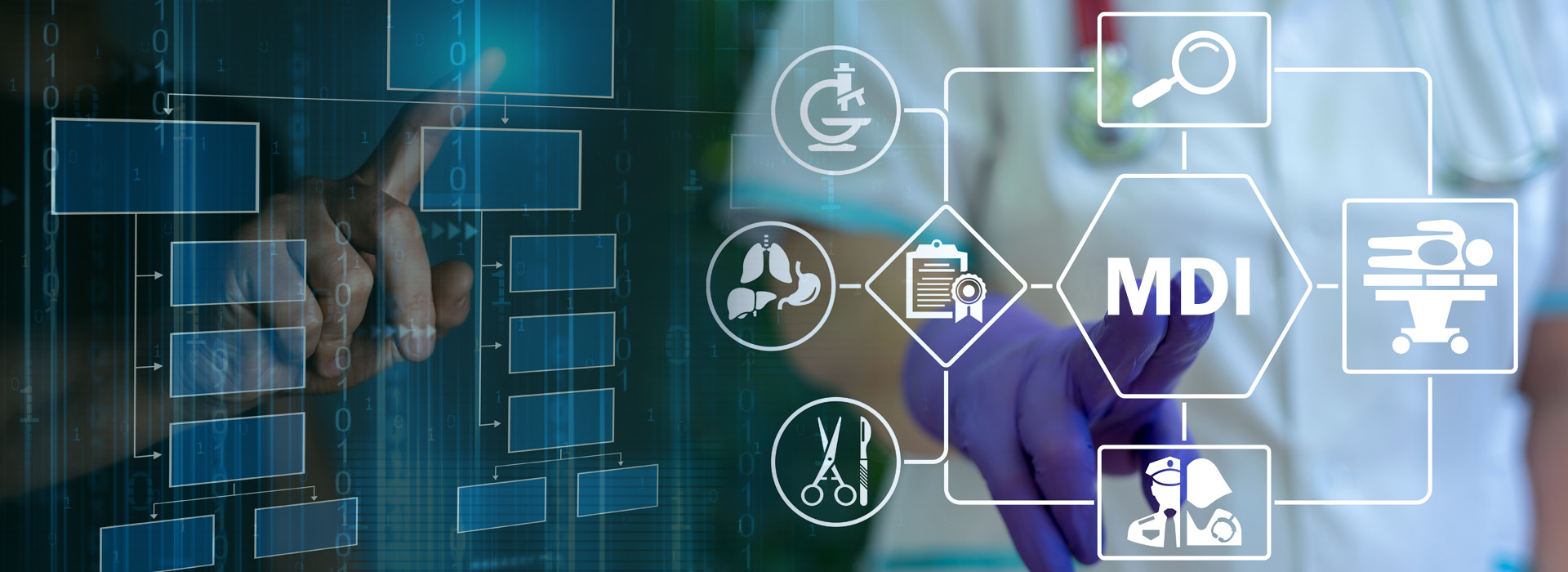Overview
The National Institute of Justice (NIJ)—in partnership with its Forensic Technology Center of Excellence (FTCOE) at RTI International and the National Center for Health Statistics, Centers for Disease Control and Prevention (CDC)—convened a virtual Medicolegal Death Investigation Data Exchange Working Group (MDI-Data-WG) beginning in September 2020. This working group was formed to:
- Document the types of data that are commonly exchanged with public health and public safety partners and determine collective usage points for medicolegal death investigations (MDIs);
- Provide recommendations on how to improve the naming process for emerging drugs;
- Guide the drug mapping/classification process; and
- Recommend needed enhancements to the operation of exchanging forensic data with other organizations.
Medicolegal death investigations are complex and multidisciplinary processes that involve the collaboration of various professionals, including medical examiners, coroners, law enforcement, first responders, forensic pathologists, toxicologists, and other experts. During an investigation, data plays a critical role in gathering evidence, identifying leads, and drawing conclusions. Data can come from various sources, including physical evidence, witness statements, documents, surveillance footage, and digital records. These data are authorized, shared, and exchanged by numerous entities including data producers and data users. Data sharing allows professionals in the investigation to collaborate, analyze and make decisions regarding the cause and manner of death.
This interactive graphical map helps users better understand the flow of data and the complex relationships between entities in a medicolegal death investigation. By using an interactive process map users can explore and drill down into specific details, and access additional information and resources, which helps provide a high-level global understanding of the diversity of data needs and requirements to inform process improvement and data standardization at the local, state, national and international levels.
Related Resource
Funding for this Forensic Technology Center of Excellence tool was provided by the National Institute of Justice, Office of Justice Programs, U.S. Department of Justice. This work was also supported by the Centers for Disease Control and Prevention (Contract Number HHSM500201200008I, Task Order Number 200-2016-F-91567).
The opinions, findings, and conclusions or recommendations expressed in this tool are those of the author(s) and do not necessarily reflect those of the U.S. Department of Justice.
Contact us at ForensicCOE@rti.org with any questions and subscribe to our newsletter for notifications.




